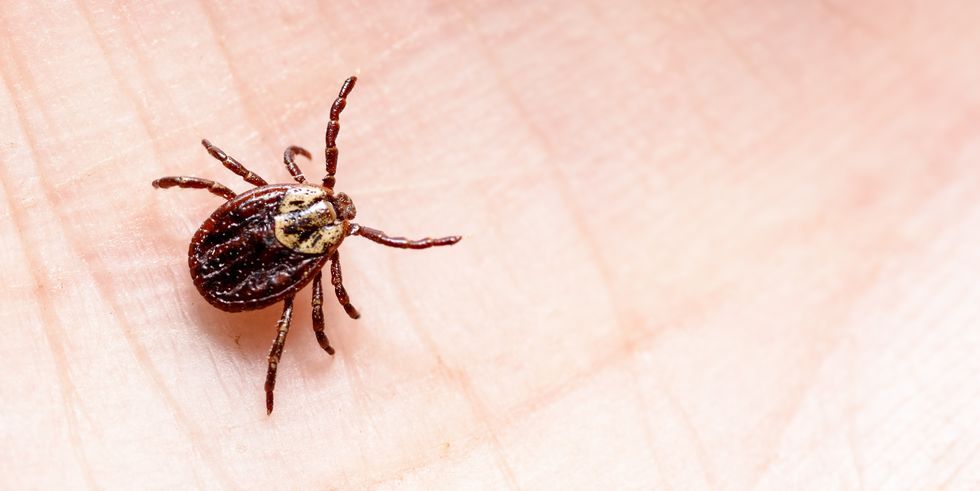Bites and Stings

Although fatal bites are rare, bites and stings from land and sea creatures are common in Australia. Here's some first aid tips for common bites and stings in SE Qld:
Snake Bite Snakes become more active as soon as the temperature reaches 23 degrees. Moreton Bay is home to several species of snakes, of which the dangerous ones are Eastern Browns, Red-bellied Blacks, Death Adder, the Coastal Taipan and Tiger snakes. You may see Carpet Pythons and Tree snakes which do not usually pose a problem for humans.
First Aid 1. Keep the patient still and call for help asap.
2. Do not wash the wound, and don't try to suck out the venom.
3. Immediately bandage the bite site very firmly, as you would for a sprain.
Bandage at least 15cm above the bite; the length of the limb if possible.
4. Place the limb which has been bitten in a splint: use a firm stick or slab of wood.
5. Get the patient to the nearest doctor or major hospital without delay.
If possible and with care, take a photo of the snake. Mark on the bandage where the bite marks are if you have noticed them.
Tick Bite Ticks may lodge anywhere in the body. Ticks are parasites that feed on human and animal blood. A tick bite is usually harmless, but sometimes it can cause an allergic reaction or serious illness. If you have a tick bite, it is very important to remove the tick as soon as possible.
First Aid 1. Do not attempt to pull the tick out by grasping the body.
2. Take the patient to someone who is an expert at removing them (the doctors at SIMC).
3. If this is not possible, loop a strong thread around the ticks head close to the skin and
pull it sharply sideways or grasp it behind the head with fine tweezers and gently pull it
out with steady pressure.
Blue-Ringed Octopus Stings These are often found in rock pools on Straddie.
First Aid 1. Seek medical attention immediately. Resuscitation may be needed as their venom
contains a powerful neurotoxin.
Blue-Bottle and other Jellyfish Stings Blue-bottles are common on Straddie. Their sting can be painful for 2 or more hours. We don't see Box Jellyfish in our waters here.
First Aid 1. Wash the sting site with sea water.
2. Remove any tentacles with a gloved hand.
3. Immerse the affected site in tolerable hot water (best is 45 degrees for
20 mins.
4. Give paracetamol ASAP.
Stonefish / Sea Urchins/Stingrays
First Aid Stonefish have a potentially fatal venom 1. Immerse the affected area in hot water to relieve pain and call 000. DO NOT apply a pressure immobilisation bandage. Leave any barbs or spines in place and place padding around them.
Sea Urchins have sharp spines, :Wash the wound site and immerse in hot water about 45ºC for a maximum duration of 90 minutes .
Remove spines close to the surface (some may break off and be embedded).
Review regularly until resolved
Wound may require further spine removal and further radiographic imaging or ultrasound.
Sting Rays have a barb in their tail. If stung by the barb, immerse the affected area in hot water (up to 45 degrees) and seek medical help.
Spider Bites Redbacks are the most dangerous in Queensland: apply an ice pack; do not bandage and seek medical help.
Sand Flies (midges): small biting insects cause very itchy bites: prevention is best with insecticide, hats and clothing. Daily thiamine 100mg may help. For itchy bites, apply an anti-itch cream and an oral antihistamine may be taken.
Other Bites and Stings: ants, wasps, centipedes
First Aid 1. Wash the site with large quantities of cool water.
2. Apply Stingose to the wound for about 30 sec.
3. Apply ice for several minutes.
4. Seek medical help/ anti-itch cream if symptoms not settling.

